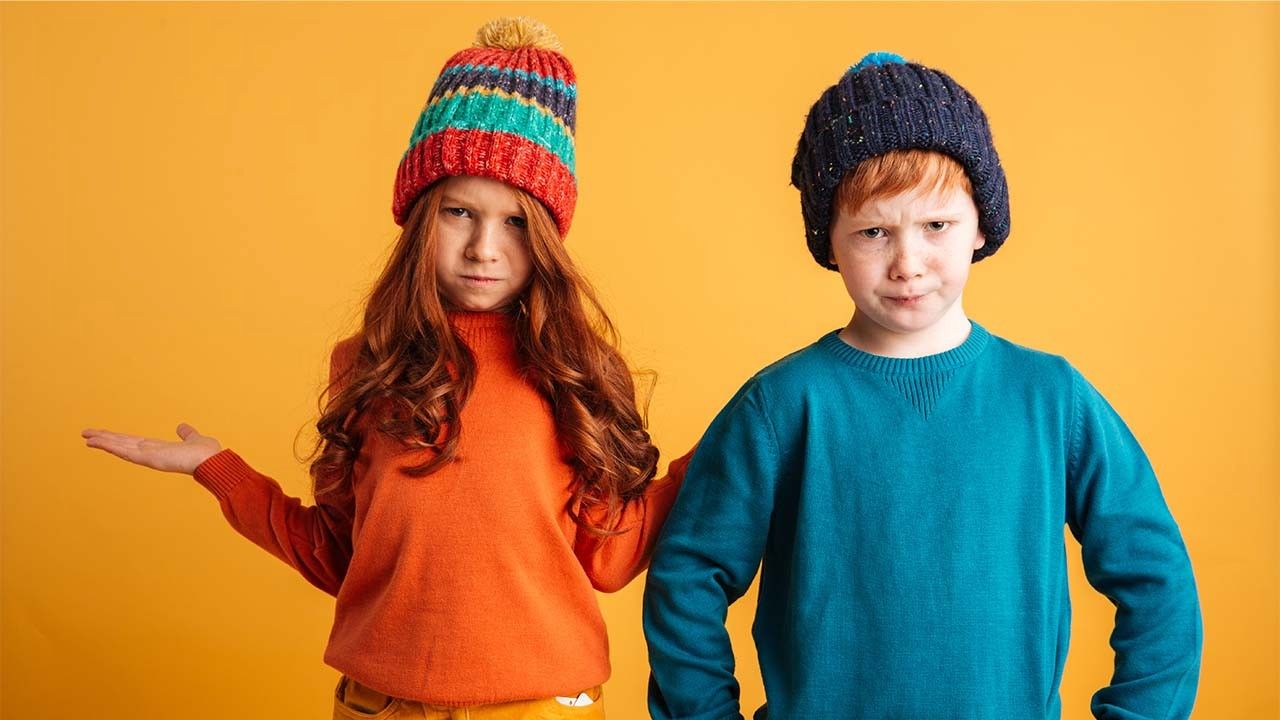When shopping for children’s clothes in the UK, getting the right size can feel like a guessing game. Kids grow quickly, and sizing often varies across brands. This guide breaks down the UK kids clothing size chart for boys and girls, helping parents and caregivers avoid frustrating size mistakes.
1. Why Understanding Kids Clothing Sizes Matters
Buying clothes in the wrong size leads to discomfort for your child and wasted money for you. Many parents assume sizes are universal, but clothing labels can differ widely depending on the brand and country of origin. That’s why referring to a UK-specific kids clothing size chart is so important.
Common issues caused by choosing the wrong size include:
- Clothes being too tight or too loose
- Shorter lifespan for outfits due to fast outgrowth
- Difficulty returning online purchases
2. How UK Kids Clothing Sizes Are Measured
In the UK, children’s clothing sizes are typically measured by:
- Age (in years or months)
- Height (in centimetres)
- Chest, waist, and hip measurements (in centimetres)
Brands may use one or a combination of these indicators. While age-based sizing is the most common, height and chest measurements offer more accuracy especially for kids who are taller or shorter than average for their age group.
3. UK Kids Clothing Size Chart Breakdown
Here’s a simplified version of the UK kids clothing size chart for boys and girls, based on typical high-street brand guidelines:
| Age | Height (cm) | Chest (cm) | Waist (cm) |
|---|---|---|---|
| 0–3 Months | 56–62 cm | 41 cm | 42 cm |
| 3–6 Months | 62–68 cm | 44 cm | 44 cm |
| 6–9 Months | 68–74 cm | 46 cm | 46 cm |
| 9–12 months | 74–80 cm | 48 cm | 48 cm |
| 1–1.5 years | 80–86 cm | 50 cm | 50 cm |
| 2–3 Years | 92–98 cm | 54 cm | 52 cm |
| 4–5 Years | 104–110 cm | 58 cm | 55 cm |
| 6–7 Years | 116–122 cm | 62 cm | 58 cm |
| 8–9 years | 128–134 cm | 67 cm | 60 cm |
| 10–11 years | 140–146 cm | 73 cm | 64 cm |
| 12–13 years | 152–158 cm | 79 cm | 68 cm |
Sizes may vary slightly between brands. Be sure to check the UK size guide for that brand’s kids’ clothing before you buy.
4. Measuring Your Child at Home: Step-by-Step
To get the best fit, measure your child’s height, chest, and waist at home. Here’s how:
Height:
Have your child stand barefoot against a wall. Place a mark at the top of their head, then measure from the floor up to that point.
Chest:
Wrap a flexible tape measure around the fullest part of the chest, ensuring it’s snug but not tight.
Waist:
Wrap the tape around the natural waist, usually a little above the belly button.
Pro Tip: Always measure in centimetres for consistency with UK charts.
Also, read more about the How do Kids Clothing Sizes Work
5. Boys vs Girls: Are There Size Differences?
For younger children (under 5 years old), boys’ and girls’ clothing sizes are usually identical. As kids get older, some differences emerge:
- Boys’ clothing may have broader shoulders and a straighter cut.
- Girls’ clothing may feature a narrower waist and slightly different proportions.
However, the base UK kids clothing size chart applies similarly to both genders. Focus on measurements rather than labels when shopping.
6. Tips for Buying Kids’ Clothes Online in the UK
Buying online adds an extra layer of challenge, but following these tips can help:
- Always refer to the brand’s own size guide: Some brands provide detailed UK kids clothing size charts on their websites.
- Check customer reviews: Parents often mention if items run large or small.
- Look for adjustable features: Waistbands, cuffs, and straps that can be tightened or loosened help extend fit as your child grows.
- Buy slightly bigger if unsure: Children grow quickly, so choosing the next size up is often the safer bet.
7. UK Kids Shoe Size Conversion Tip
If you’re buying full outfits, don’t forget shoes. UK kids shoe sizes follow a different system. Always use a separate UK kids shoe size conversion chart, as clothing and shoe sizes don’t directly match up.
8. Common Size Challenges Parents Face
When shopping for kids’ clothing in the UK, many parents experience similar sizing challenges. Here are a few worth keeping in mind:
- Seasonal Growth Spurts: Children often outgrow clothes faster during spring and summer months when growth spurts are more common.
- Layering Considerations: For colder seasons, allow extra room for layering clothes like vests, jumpers, and jackets.
- Brand Variations: Even within the UK, high-street brands like Next, M&S, and Primark may interpret size charts slightly differently.
9. Why Choosing the Right Size Helps You Feel Comfortable and Confident
Wearing clothes that fit properly doesn’t just affect comfort it can also impact a child’s confidence. When children wear clothing that fits well:
- They move more freely, especially during play.
- They feel more confident in social situations.
- There’s less risk of accidents caused by tripping over long trousers or oversized sleeves.
Final Thoughts
Using a UK kids clothing size chart helps parents avoid frustration and wasted money on ill-fitting clothes. By measuring your child accurately, checking size guides, and shopping smartly online, you’ll keep them comfortable and stylish as they grow.
When in doubt, remember that kids’ clothes are better a little too big than too small







